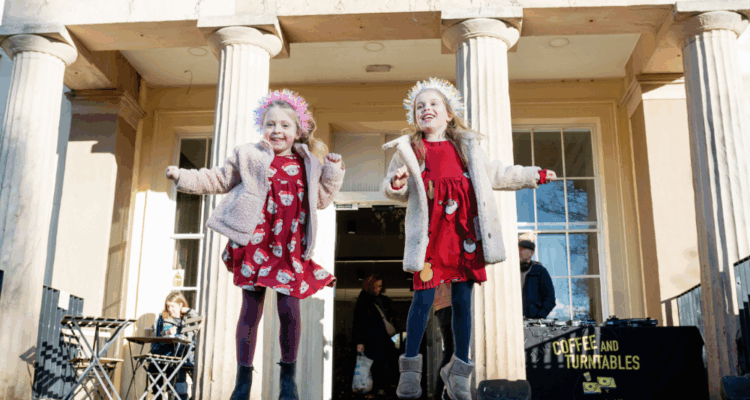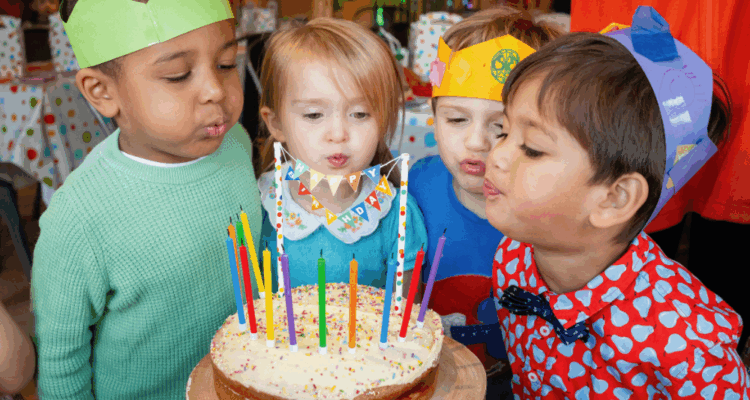The Evening Read-In: All About…A Christmas Carol #3
The true-to-life aspects of the story - and how it shows the true spirit of Christmas...
A number of aspects of Dickens’ life can be traced in the tales he tells, with David Copperfield being the most obviously autobiographical as well as portions of Bleak House and Little Dorrit being inspired by episodes from Dickens’ career and personal family experiences. Parallels can be drawn too from A Christmas Carol with Dickens’ own life.
The famous Tiny Tim was originally to be called Fred, after Dickens’ younger brother. Of course, another Fred does make an appearance in the story, being the name of Scrooge’s merry nephew. His sister Frances – otherwise known as Fanny – also has a fictional namesake in the story in the form of Scrooge’s sister. Frances’s son Henry was most likely the model for Tiny Tim – Henry was a sickly child who died when he was just ten years old.
It was not just people that Dickens immortalised in A Christmas Carol, but places too. The geography of Ebenezer’s childhood matches Dickens’ exactly – both grew up in the town of Strood in Rochester, Kent and the school young Scrooge attended was based on the Wellington House Academy in London, one of the schools Dickens went to in his youth. When he was ten, the young Charles moved with his family to Camden in London – to 16 Bayham Street, to be precise. It was not the most lavish of areas; indeed once he left, Dickens described it as “as shabby, dingy, damp and mean a neighbourhood as one would desire to see." Then perhaps it’s no surprise that the very same house was the perfect setting in his mind’s eye for the Cratchits’ cramped and rundown family home.
Despite all of these similarities, it’s hard to determine just how autobiographical A Christmas Carol is. Though he was unimpressed by displays of wealth, it is hard to align Dickens with Scrooge, especially given that he was never short on sharing humility and making the best of the human spirit, at any time of the year but most especially at Christmas. He hailed the festive season as:
a good time: a kind, forgiving, charitable, pleasant time: the only time I know of in the long calendar of the year, when men and women seem by one consent to open their shut-up hearts freely, and to think of other people below them as if they really were fellow-passengers to the grave, and not another race of creatures bound on other journeys.
In fact, Dickens would go on to call this viewpoint, which surely encapsulates the true spirit of Christmas, his ‘Carol Philosophy’ – after his prevailing tale that has much to say to us all.
Part 1 of A Christmas Carol will be here to listen to tonight at 9pm - it'll be 50 minutes long so get yourself settled with a pot of tea and biscuits and listen in! Tweet your thoughts on the story as it happens using the hashtag #eveningreadin and join our Evening Read-In Tweet Party (Hashtag: #eveningreadin; Party Host: @thereaderorg )
Share
Related Articles

The Reader unveils a new season of events for Christmas 2025 in Calderstones Park
A new family-friendly festive trail through Liverpool’s iconic park is back as part of The Reader’s Christmas programme with a…

Liverpool’s biggest open-air (and under cover) cinema returns for Halloween
NEW FOR 2025: Nine handpicked films will hit the big screen under a giant canopy at Calderstones Park this October…

Celebrating 10 years of The Storybarn with an even bigger end of summer family festival
The UK’s biggest Shared Reading charity will be marking the end of the summer holidays and a major birthday milestone…



